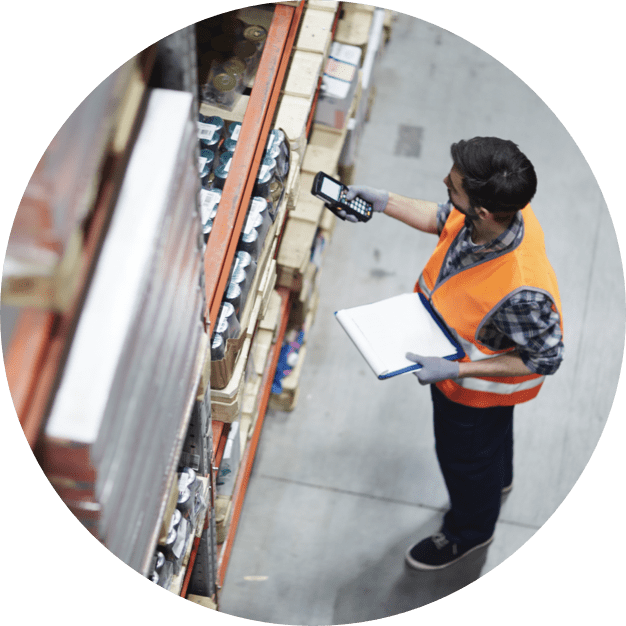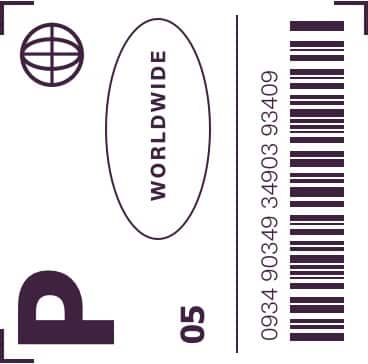
01
The hidden heroes working to deliver aid in times of crisis
The world is gripped by a growing humanitarian crisis. Escalating conflicts, a gloomy economic outlook, and the clouds of climate change and are all contributing to food shortages, population displacement, and an accelerating frequency of natural disasters.

The effect is cumulative, each event putting pressure on the world’s ability to respond to the next.
As Sultan Ahmed Sulayem, Group Chairman and CEO of Dubai-based logistics giant DP World says, “The conflict in Ukraine has demonstrated the impact of interrupted supply chains. And inflationary pressures and sanctions are now affecting food prices, the cost-of-living, and energy costs due to the reduced supply of oil and gas.”
This confluence of emergencies makes the question of marshaling and delivering aid more pressing than ever.
02
Delivering aid together
It’s easy to assume that humanitarian assistance is a matter for charities, governments, and international NGOs. In fact, aid often comes from interlocking networks of public and private organizations, usually coordinated by an international body like the United Nations.
For example, DP World has been a key contributor to on-the-ground efforts in Turkey and Syria following the devastating 2023 earthquakes. Drawing on its resources in the region, it has worked with local authorities and partner organizations to deliver vital supplies, generators, fuel, and fire extinguishing foams.
The company is also a longstanding member of the Logistics Emergency Team (LET), a partnership comprising four of the world’s largest logistics and transportation companies: Agility, DP World, Maersk, and UPS. The LET is called upon by the UN World Food Programme (WFP) Global Logistics Cluster (GLC) in times of crisis to provide logistical support. It has provided humanitarian assistance to 27 major natural disasters and complex emergencies in its 17 years of operation.
Working independently, LET members were crucial to delivering two billion Covid-19 vaccine doses to low-income countries at the height of the pandemic. For its part, DP World partnered with UNICEF, providing free worldwide access to its logistics capabilities to distribute essential medical supplies.
These are all notable successes for the public-private networks collaborating to deliver aid. But the UN has warned that one in 23 people may need assistance in 2023 – an increase of 25% over 2022, without an accompanying rise in funds. How can these partnerships meet such a growing need?
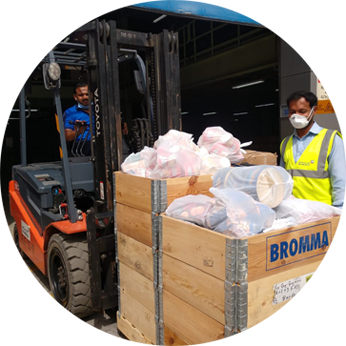
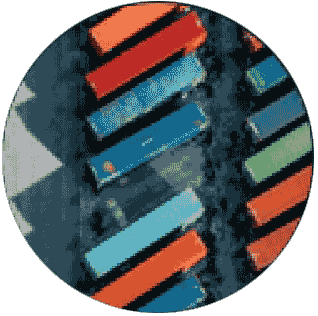
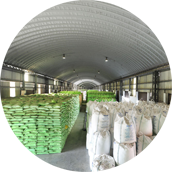

Continual improvement of physical infrastructure is also vital for ensuring aid gets where it needs to be at a time of growing demand, especially in hard-to-reach locations.
DP World recently acquired Imres, a Netherlands-based company that has been delivering emergency medical relief to developing nations for 35 years. “It’s a business, but a business that does good,” says Bajwa. DP World is hoping to expand the framework, as it is an “opportunity to scale without being tied to restricted budgets,” Bajwa continues, something that is increasingly necessary to “make sure we can address all the global challenges surrounding supply chains and humanitarian disasters.”
03
Innovating for good
Ayla Bajwa, Director of Group Sustainability at DP World, says that alongside access to the company’s vast network of distribution, storage, and transport infrastructure, a key contribution is innovation.

Intelligence is already one of DP World’s largest humanitarian assets. “Because we operate ports, terminals and logistics, we have significant visibility around access,” she says, giving the company an inside track on the availability of resources such as warehousing, and the feasibility of global transport routes.
New digital solutions like the company’s real-time tracking solution CARGOES Flow are deepening that visibility, offering the potential to better identify and avoid logistical bottlenecks, while unlocking operational efficiencies that enable more aid to be delivered with fewer resources.
04
The interconnectivity of humanitarianism
Aid organizations have long commissioned private partners to deliver services they don’t have in-house. Even so, the level of private involvement may be surprising to those outside humanitarian logistics. Bajwa says that attitudes have shifted within the logistics sector, “Covid was a real lesson in interconnectivity. It doesn’t matter if I’m in Africa or the U.S. it’s a global challenge.”
For DP World, that lesson has instigated a renewed focus on legacy, embodied in its Our World, Our Future sustainability strategy, which Bajwa says is “integrated into our core business strategy,” but also in its growing humanitarian operations. And the two are tightly interwoven.
“Climate change is the biggest challenge facing us. And with it, humanitarian logistics is going to keep getting more complex,” says Bajwa, explaining that as the global temperature rises, natural disasters like the floods that ravaged Pakistan in 2022 will become more frequent. As they do, the need for aid will increase, alongside the complexity of delivering that aid.
In that context, companies like DP World – in tandem with its LET and UN partners – will become ever more essential.


